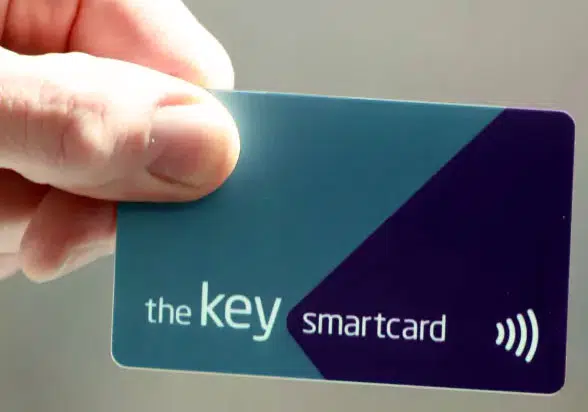
Data collected when a contactless card is used to pay for a train journey is now being used to automatically compensate passengers when their train is delayed by 15 minutes or more, removing the need for travellers to manually file a request for a refund.
The Auto Delay Repay service is currently available for season ticket holders using a contactless Key Smartcard to travel on Thameslink and Great Northern trains operated by the UK’s Govia Thameslink Railway (GTR) and will be expanded “in the coming weeks” to Southern and Gatwick Express services as well.
The automated system uses “complex algorithms” when the customer taps in and out of stations to determine a delay, sending an automatic claim to the customer’s online account if a delay is detected.
“All the customer has to do is to review the claim for accuracy and confirm the method of payment preferred,” GTR says. “To determine whether a claim can be made, the system uses data that comes from entry and exit taps at the station validators.
“It compares how long it has taken the customer to complete the journey against how long the journey should have taken. Where there is discrepancy, it looks to see whether there were any corresponding train delays or cancellations and if it finds a relevant delay of 15 minutes or more, a claim will be automatically created.”
“While our punctuality continues to improve for the sixth month in a row, inevitably, there will still be delays to some journeys,” says Thameslink and Great Northern’s passenger services director Stuart Cheshire. “Now, with automatic Delay Repay, it couldn’t be simpler to get compensation when this happens — but you have to have a Key Smartcard to benefit from this amazing new system.”
Next: Visit the NFCW Expo to find new suppliers and solutions
Of course, this could be done even with a contact card, such as I use in New York City. It has more to do with “back end” processing. That said, contactless is the way to go.